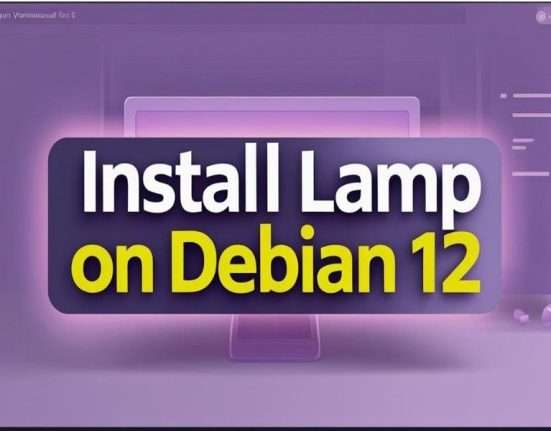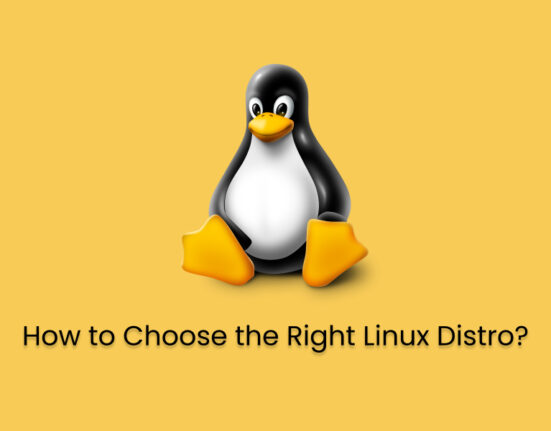Are you a Linux Enthusiast? Or planning to choose Linux as your primary operating system. Well, it is quite confusing to choose a Linux distribution. It offers hundreds of Linux distributions, and each distribution has a specific set of features that serve the targeted audience.
The research to choose the right Linux distro is a must for any new user shifting to Linux. For that, you might have to spend hours and days to reach a point where you will choose the right Linux distro. Keeping in view the importance of this fact, we have prepared this guide, which enables you to choose the right Linux distro.
How to Choose the Right Linux Distro?
There are hundreds of Linux distributions and their descendants. All these Linux distributions are open source and have a specific purpose to serve the user. Let’s discuss various notable factors that must be considered while choosing the right Linux Distro.
What Factors Are to Be Considered While Choosing a Linux Distribution?
Well, there is a list of factors to be considered when choosing a Linux distribution. However, we have listed some of the most common ones everyone must consider when choosing the Linux distribution. Let’s get into these:
Purpose
The first and foremost factor is the purpose for which you will use Linux. For web serving, gaming, and routine operations at a computer lab. For example, if you set up Linux to fulfill any business need, you must go for SUSE or Red Hat. Let’s drill down the purpose that various Linux distributions fulfill for:
| Purpose | Distribution |
|---|---|
| Gaming | Ubuntu, Fedora, Manjaro, Pop!_OS |
| Business Needs | RedHat, Ubuntu Server, Rocky Linux, openSUSE, |
| Beginners | Linux Mint, Ubuntu, Fedora, Manjaro |
| Students | Ubuntu, Linux Mint, elementary OS, Zorin OS |
Desktop Look/Desktop Environment
Linux is usually well-known for its command-line support. However, most of the distributions are now equipped with a Graphical User Interface to attract more users. Some Linux distributions offer modern desktop interfaces (Ubuntu, Linux Mint), while few have a classic look (CentOS, Kali). Let’s have a look at the Linux distributions and their desktop environment:
| Distribution(s) | Desktop Environment(s) |
|---|---|
| Debian, Ubuntu, Kali, Zorin | GNOME |
| Linux Mint | Cinnamon, Xfce, MATE |
| Fedora | GNOME, KDE Plasma, Xfce, LXQt |
| openSUSE | GNOME, KDE Plasma, LXQt, Xfce |
| Arch Linux, Manjaro | Xfce, GNOME, Xfce |
| Elementary OS | Pantheon |
Hardware Compatibility
Do you have enough hardware resources to install the required Linux distro? The user must analyze the hardware compatibility of the system to acquire the Linux distro. You can get the details of the minimum hardware requirements on each distro’s official page.
Software Management
Linux distributions offer various software management utilities, i.e., apt for Debian-based, yum/dnf for Fedora/RHEL/CentOS-based. Thus, the user must consider these utilities at the time of choosing a Linux distro. Package managers of the most user Linux distributions are listed below:
| Distributions | Package Manager |
|---|---|
| Debian-based, i.e., Ubuntu, Linux Mint, Kali, Zorin, Elementary OS, etc. | apt |
| CentOS-based | Yum |
| Fedora-based | dnf |
| Arch-based, i.e., Manjaro | pacman |
| openSUSE | zypper |
Community Support
As Linux is an open source, various communities contribute to enhancing the user experience by providing various solutions. Choose a Linux distro with a strong and wide community, such as Ubuntu (there are numerous others).
Update/Release Cycle
Each Linux distribution has a release cycle that contributors follow to initiate a new release. So, the chosen Linux distribution must have a release cycle so that you get the updated version in a very short span. For instance, Ubuntu releases its LTS every two years, and its rolling release after every six months.
Software Availability
Each Linux distribution has a specific set of software available in its repository. The user must go for the distributions that offer a wide range of packages in their repository.
Integration/Ecosystem
When choosing a Linux distribution, the user must look for a distribution with support available around other operating systems. In short, the distribution must have a supportive ecosystem.
Considering the above factors, users can easily get to the best suitable Linux distribution that matches exactly what they are looking for.
Bottom Line
Choosing a Linux distribution could be one of the tedious tasks if you are planning to shift to Linux. There are several factors, such as purpose, software availability, integration, hardware requirement, update/release cycle, desktop environment, community support, software package management, and much more, which are elaborated briefly in this post.
If you are a gamer, Ubuntu would be the best choice. If you are a student or at a beginner level and want to switch to a Linux distribution, then Linux Mint, Ubuntu, and Manjaro would be the best choice. This post has covered all the details and guidelines about choosing the right Linux distro.




Leave feedback about this